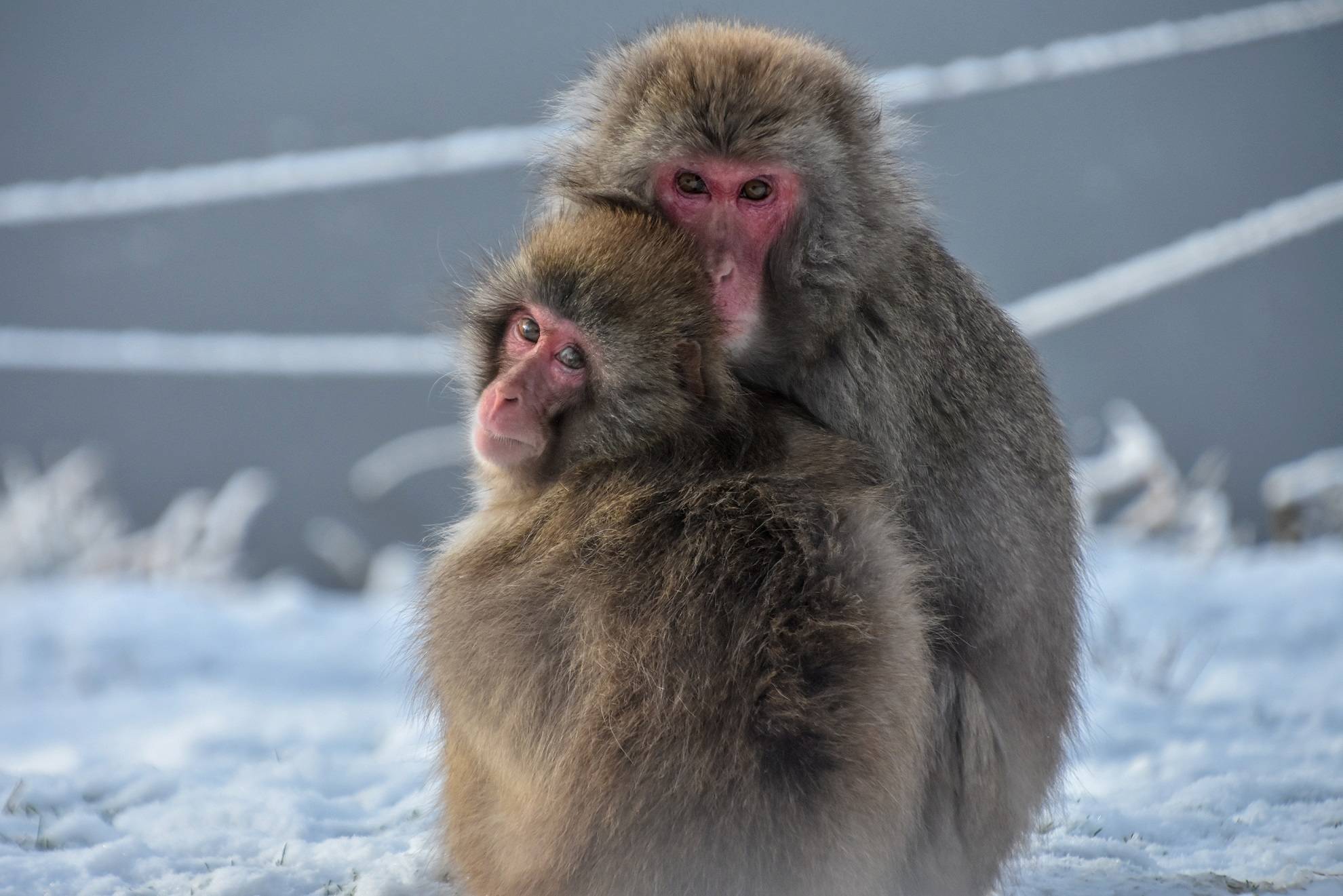Snow leopard
Uncia uncia
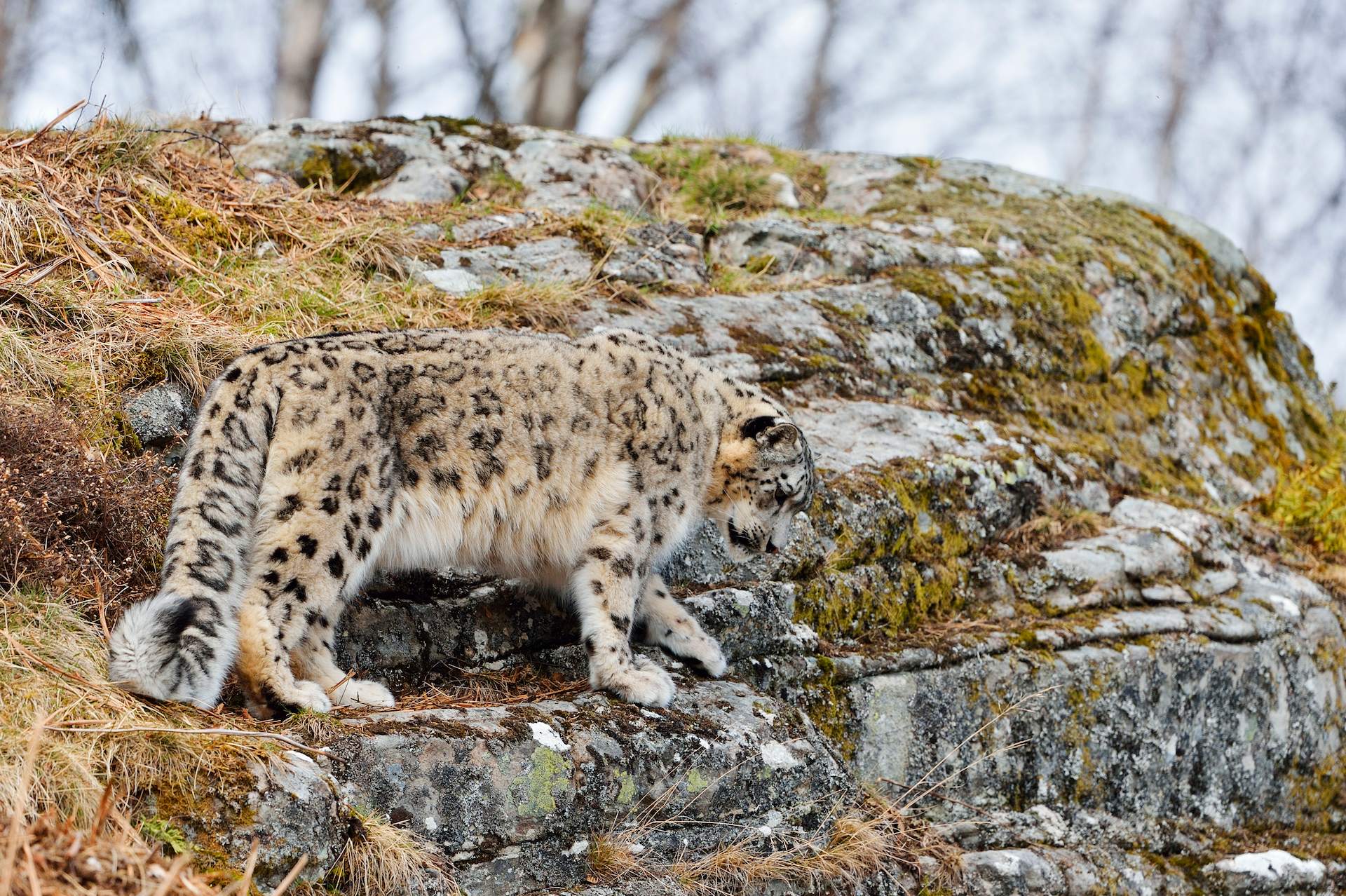
We have two snow leopards at Highland Wildlife Park: a male named Koshi and a female named Pari.
These elusive big cats can be found in the harsh, remote, mountainous areas of Central and South Asia, including the Himalayas.
Their habitat spans twelve countries, including China, Nepal, India, Pakistan and Russia. They opt for high altitudes in rocky, steep terrain that provides good cover for stalking prey.
Snow leopards thrive in cold environments. They have long, thick insulating fur and large paws that distribute their weight and prevent them from sinking into the snow. They even have an enlarged nasal cavity that warms cold air as it's breathed in, protecting their lungs.
Snow leopards also have a thick tail that is almost as long as their body. They use it to help them balance when navigating steep, rocky terrain and leaping great distances. When resting, they can wrap the tail around themselves like a blanket to provide extra warmth.
Snow leopards are a Vulnerable species. They are protected throughout much of their natural range and international trade is banned.
Population
Decreasing
Diet
Carnivore
Habitat
Mountains
Fact file
Known as the ‘Ghost of the Mountains’, their spotted coat provides exceptional camouflage against the rocky, snowy terrain of their high-altitude habitat, making them incredibly difficult to spot
Unlike other big cats, snow leopards can't roar
Their long, thick tail is almost one metre in length and is used for balance as well as insulation when wrapped around the body and face when resting
Capable of leaping up to 15 meters in a single bound, which helps them navigate rugged terrain and ambush prey
Snow leopard news
View all news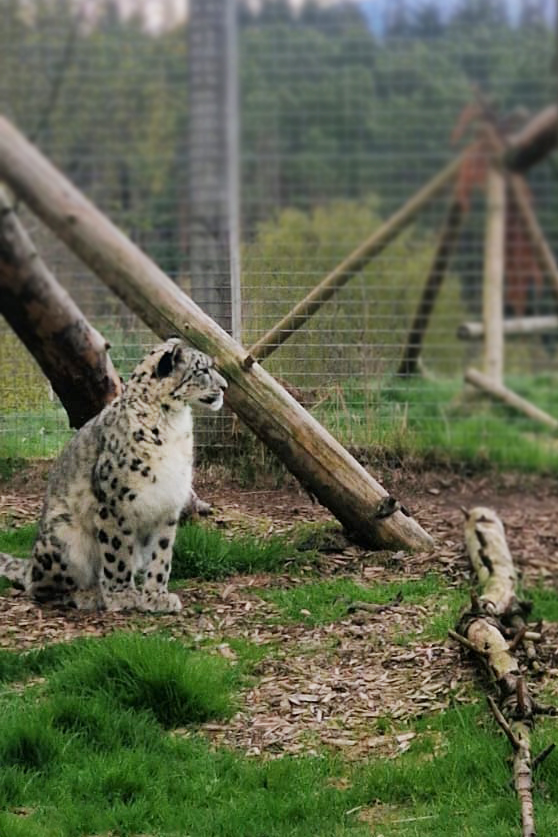
01 May 2025
Three minute read
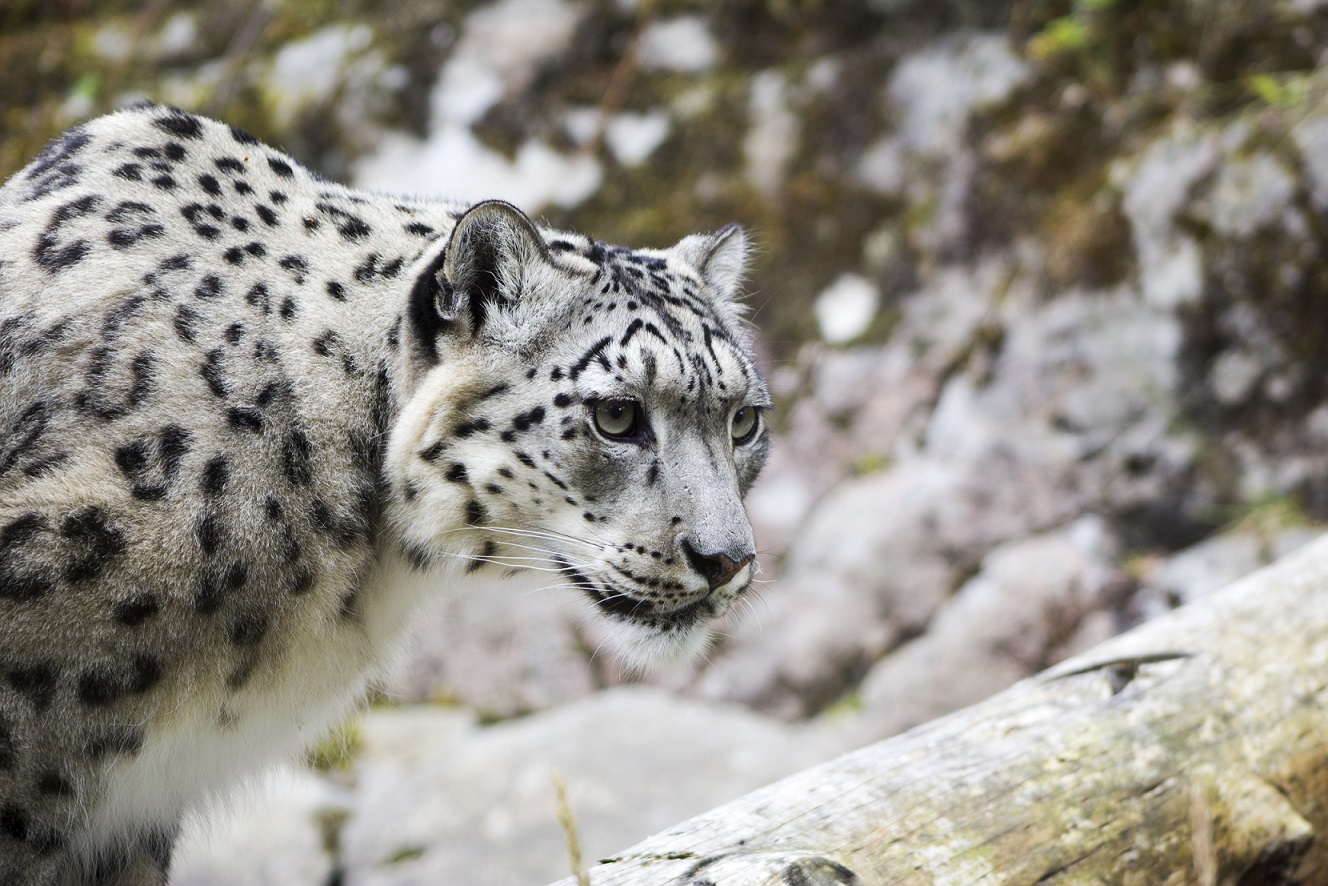
30 Dec 2024
Two minute read
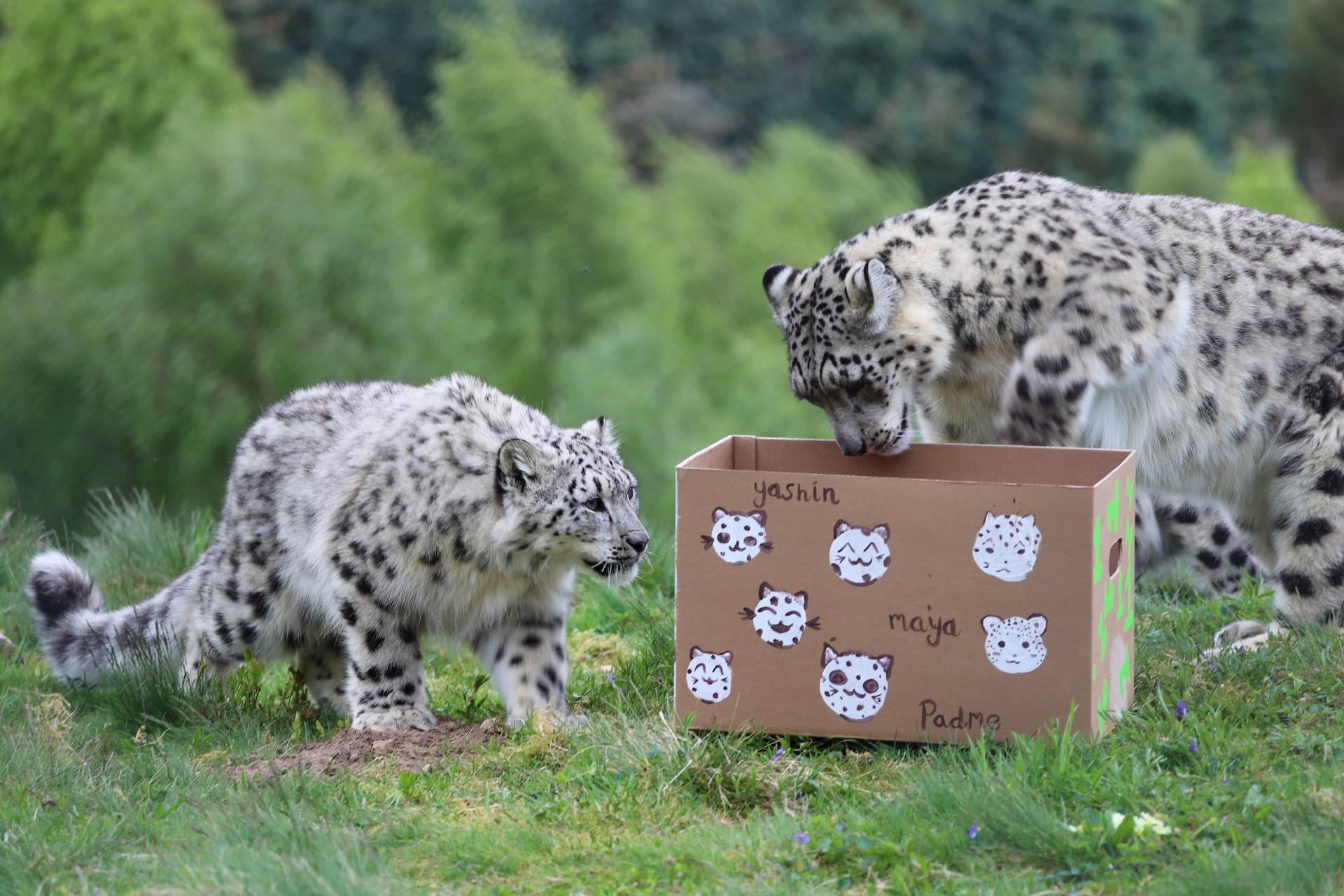
29 May 2023
Two minutes
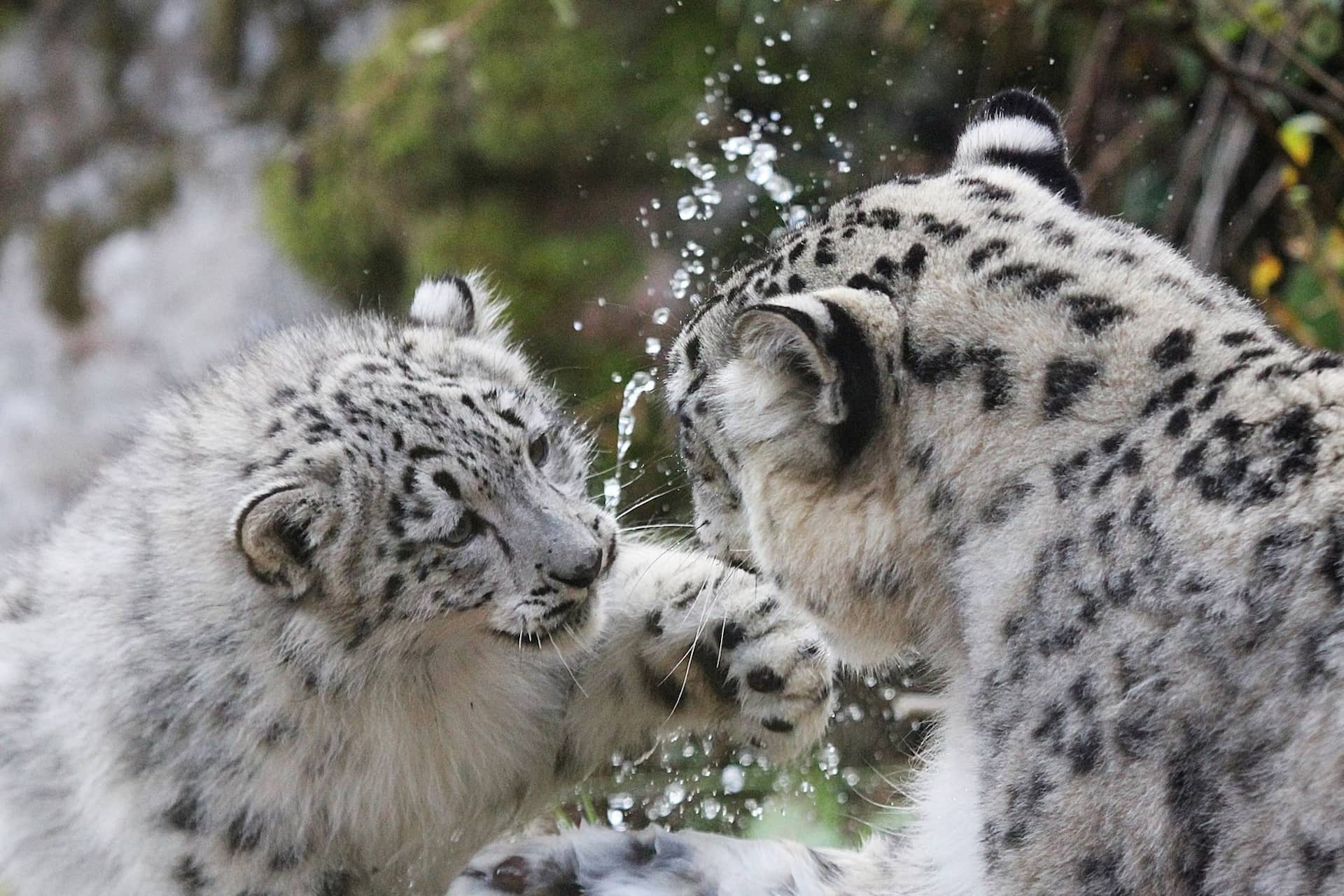
How we're helping
Like all the animals in our care, our snow leopards are amazing ambassadors for their relatives in the wild and help hundreds of thousands of people connect with nature every year. They encourage visitors to learn about the threats facing wildlife and the action they can take to help create a world where nature is protected, valued, and loved.
As a wildlife conservation charity, we care for the animals here at the park and work to protect species at risk around the world. From providing expertise in genetics and veterinary health to protecting wild places with local conservation partners, and even restoring threatened species to the wild, we are active where we are needed most.
Find out more about RZSS conservation
